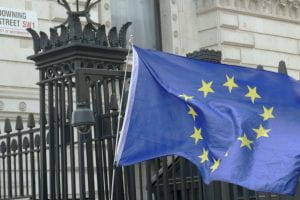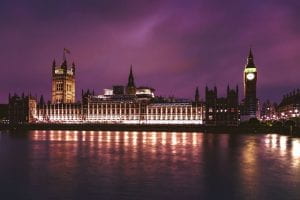The two-step flow theory of communications suggests that the media’s influence on the behaviour of the public is limited by opinion leaders. These are members of society who initially consume media content, interpret it considering their own beliefs and values, and then pass that message on to their less-active opinion followers. These followers generally have less contact with the media and the original information. (Baran and Davis, 2015).
It is important for PR practitioners to consider the two-step flow theory when targeting large audiences, especially if it is likely that a message will be altered by an opinion leader. This means that a practitioner must consider who their message will reach and how they will alter it before it, before it reaches the intended audience.
This is now more important than ever in the modern world, with those who could be seen as opinion leaders, such as politicians, bloggers and celebrities, having access to millions of followers on social media.
Why is this important?
As discussed in the earlier blog, Collective Intelligence in the Post-truth Era, 43 per cent of those who get their news updates online do so through social media. This means it is important to control the narrative in order to get the required message out into the public sphere. It means that opinion leaders must be considered as equally important as the final audience.
The Leave campaign are often accredited with winning the social media battle during the UK’s referendum on EU membership in 2016. Overall, Twitter users who supported leaving the EU were much more active and motivated in advancing their cause (Hanska and Bauchowitz, 2017).
More importantly, however, was the way in which the leaders of the Leave campaign were able to frame the debate and set the agenda. Each and every time some bad news came from Brussels or the Remain campaign slipped up, the Leave campaign would jump on the chance to point the finger.
Where this information would, in the past, be reported directly by the media, Nigel Farage’s tweets would reach millions every day, reporting the news directly with his own spin.
Throughout this blog, I have discussed how social media has changed political campaigning. With each year that passes, more and more people around the world are spending a larger amount of their time online.
With each election that passes, social media will become a more powerful tool to influence the spread of political opinions. PR practitioners must be prepared to consider the role of opinion leaders more closely to ensure their message is heard accurately to take control of the narrative.
References
Baran, S and Davis, D (2015). Mass Communication Theory: Foundations, Ferment, and Future.
Hanska, M and Bauchowitz, S (2017) Tweeting for Brexit: how social media influenced the referendum. Abramis academic publishing, Bury St Edmunds, UK, pp. 31-35



